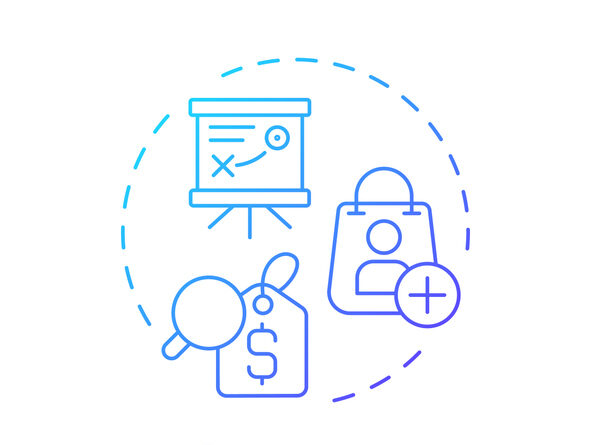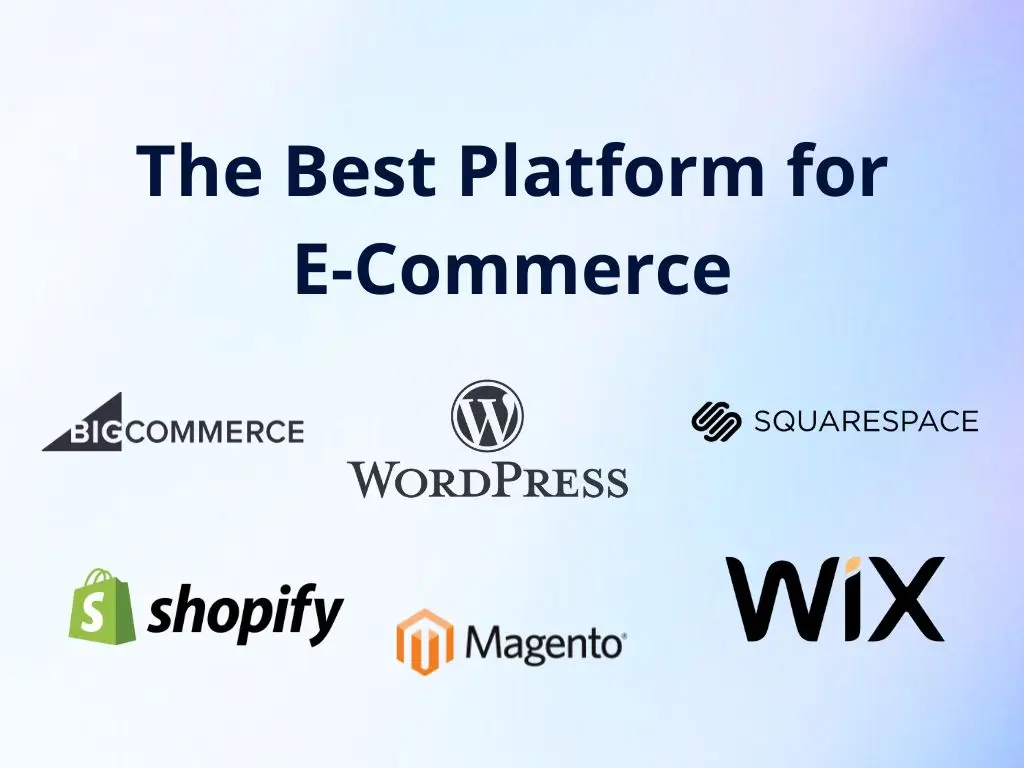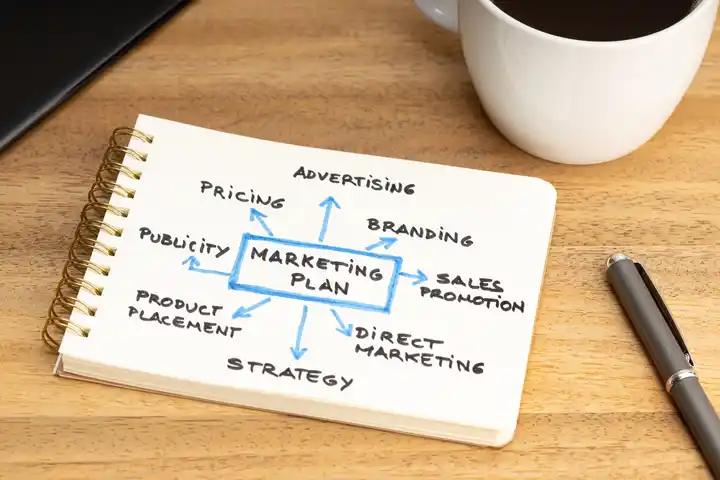Why Website Speed Matters
First Impressions Count
When a visitor lands on your website, you have mere seconds to make a positive impression. A fast-loading site immediately communicates professionalism and reliability, encouraging users to stay longer and explore more.
User Experience is Paramount
At its core, website performance is about delivering value efficiently. Users visit your site with a goal in mind—whether it’s finding information, making a purchase, or engaging with content. The quicker you facilitate that goal, the better their experience. Slow load times can lead to frustration, higher bounce rates, and a negative perception of your brand.
The Science Behind Speed
From a technical standpoint, every element on your webpage—images, scripts, stylesheets—requires resources to load. The more complex and unoptimized these elements are, the longer it takes for your site to appear on the user’s screen. By streamlining these components, you reduce load times and create a smoother user journey.
Noteworthy studies and observations highlighting the importance of website speed:
User Engagement:
A study by Google found that 53% of mobile site visitors leave a page that takes longer than three seconds to load, highlighting the critical impact of speed on user retention.

Conversion Rates:
Walmart reported that for every 1-second improvement in page load time, they saw a 2% increase in conversion rates, demonstrating a direct correlation between speed and revenue.

Search Engine Ranking:
Google’s Speed Update made page speed a ranking factor for mobile searches, emphasizing that faster websites are more likely to appear higher in search results.
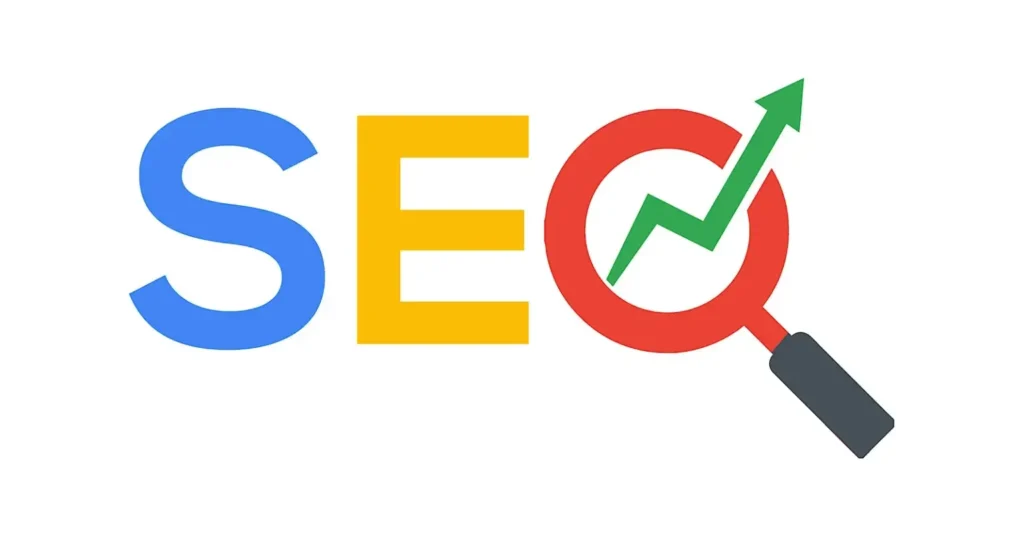
Bounce Rate:
A case study from Pinterest found that reducing perceived wait times by 40% led to a 15% decrease in bounce rates, proving that faster load times improve user stickiness.

Customer Satisfaction:
AliExpress reduced load times by 36% and saw a 10.5% increase in orders and a 27% increase in conversion rates for new customers, illustrating that speed enhancements directly boost customer satisfaction and business growth.

Our Approach to Speed Optimization
Optimizing website speed isn’t just about tweaking a few settings; it’s a holistic process that involves multiple facets of your website’s infrastructure and design.
1. Code Optimization
We start by cleaning up your website’s code:
- Minifying Files: Reducing the size of HTML, CSS, and JavaScript files to speed up load times.
- Eliminating Redundancies: Removing unnecessary code that can slow down page rendering.
- Asynchronous Loading: Ensuring scripts load asynchronously so they don’t block page rendering.
2. Efficient Caching Strategies
Implementing caching mechanisms stores portions of your website so they load faster for returning visitors:
- Browser Caching: Tells browsers to store certain files locally.
- Server-Side Caching: Uses technologies like Redis or Memcached to speed up dynamic content delivery.
3. Reducing HTTP Requests
Every file on your site requires a separate request:
- Combining Files: Merging CSS and JavaScript files where possible.
- Using CSS Sprites: Combining multiple images into one to reduce requests.
- Eliminating Unnecessary Plugins: Removing plugins that add extra load without significant benefit.
4. Image Optimization
Images can be major speed hogs:
- Compression: Reducing file sizes without compromising quality using tools like TinyPNG.
- Proper Formatting: Using the right image formats (JPEG for photos, PNG for graphics).
- Lazy Loading: Loading images only when they appear in the viewport.
5. Content Delivery Networks (CDNs)
CDNs distribute your website’s content across global servers:
- Reduced Latency: Users load your site from the server closest to them.
- Bandwidth Offloading: Decreases the load on your origin server, improving performance.
6. Server and Hosting Optimization
Your hosting environment plays a significant role:
- Upgrading Hosting Plans: More resources can handle more traffic and deliver content faster.
- Server Configuration: Optimizing server settings for performance, such as enabling Gzip compression.
- Using Latest Technologies: Implementing HTTP/2 or newer protocols for faster data transfer.
7. Continuous Monitoring and Testing
We believe in “what gets measured gets managed”:
- Performance Tools: Using Google PageSpeed Insights, GTmetrix, and other tools to monitor speed.
- Regular Audits: Periodically reviewing site performance to catch and fix issues promptly.
- User Feedback: Paying attention to user experiences to identify unseen bottlenecks.
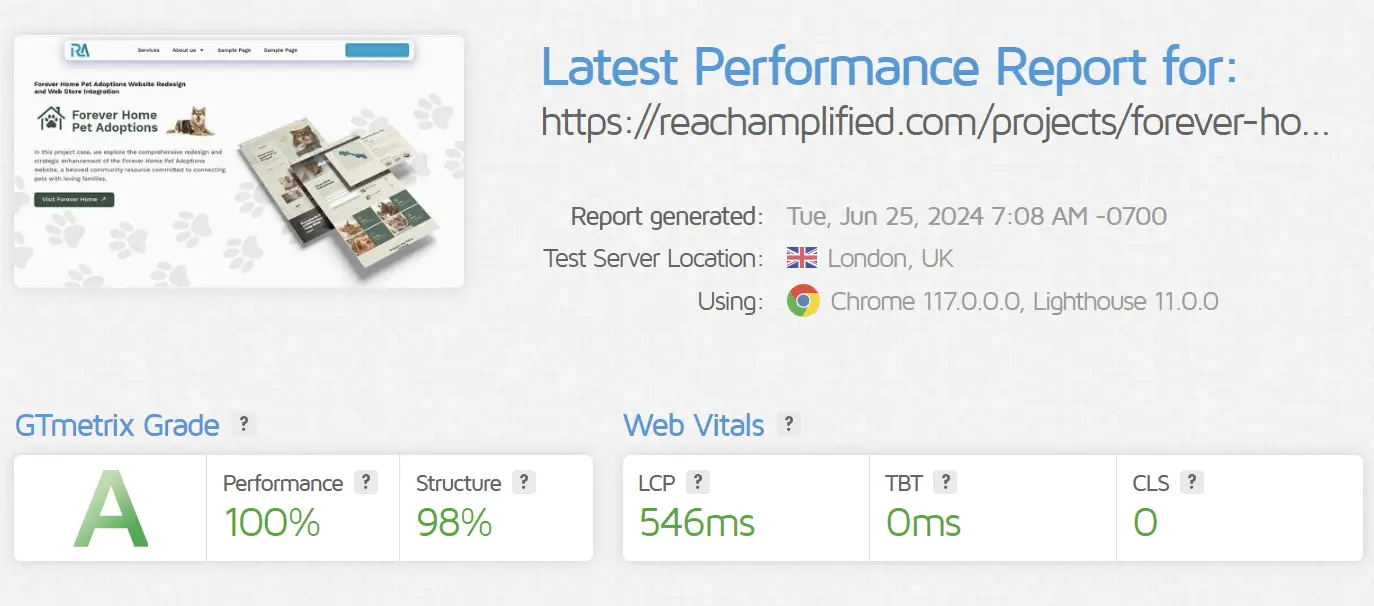
The Takeaway
In a digital landscape where users demand instant access, website speed is non-negotiable. It’s not just about appeasing search engine algorithms; it’s about providing a seamless, enjoyable experience that keeps users coming back.
At Reach Amplified, we’re committed to propelling your website to peak performance. Our expert team employs a strategic, data-driven approach to speed optimization, ensuring your site is not only fast but also robust and scalable.
Ready to Accelerate Your Website?
Don’t let slow load times hinder your business potential. Contact us today and let’s work together to unlock unprecedented speed and performance for your website. Stay ahead of the competition and provide your users with the exceptional experience they deserve.
We’re committed to propelling your website to peak performance. Our expert team employs a strategic, data-driven approach to speed optimization, ensuring your site is not only fast but also robust and scalable.





